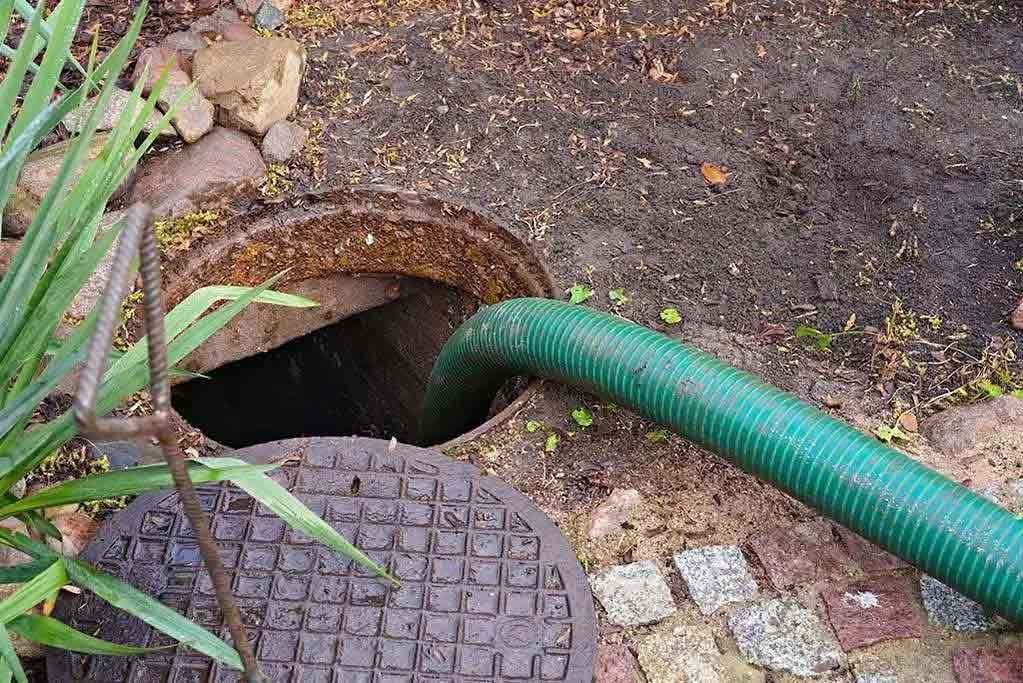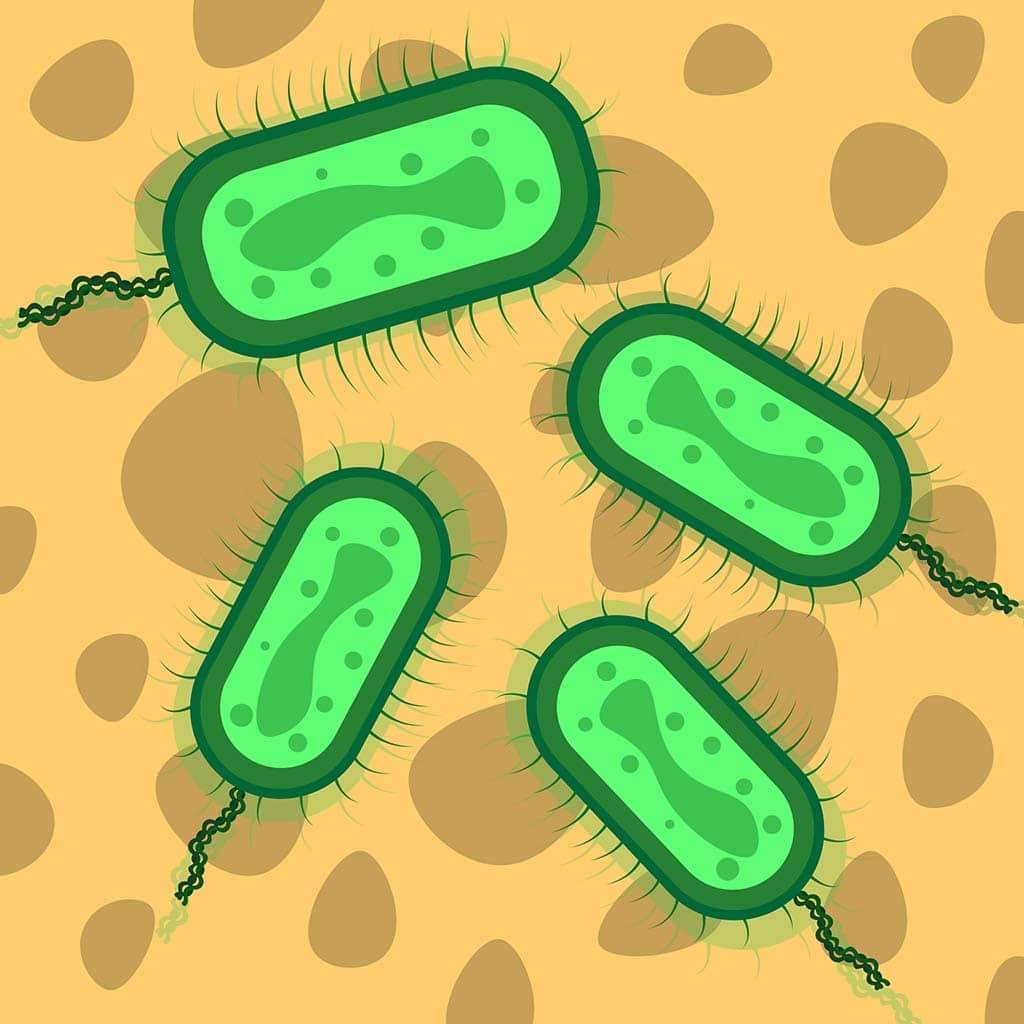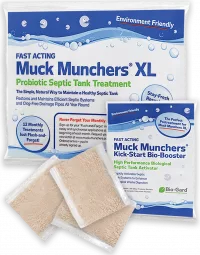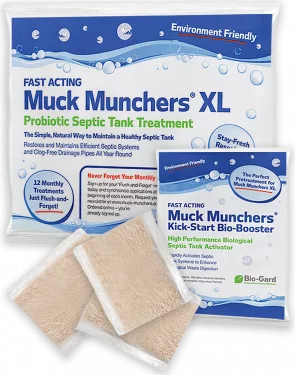What to do After Your Septic Tank Pump Out
Do you really know what to do after your septic tank pump out? And have you also considered why you are having your septic tank pumped in the first place? Is it because – “Well, it’s what I always do every so many months”or ‘Do I really need to have my tank pumped right now?’

In this article, we are going to help you to understand a little more about your septic tank pump-outs and what to do after your septic tank pump out to restore your septic system and boost your bacterial populations.
- What do pump-outs do to your septic tank?
- What happens to your bacteria?
- Recommendations after a Septic tank pump out?
What Do Pump-Outs Do To Your Septic Tank?
Pumping out a septic tank basically means emptying everything out. That includes all three layers in your septic tank – the liquid, scum and sludge.
Essentially most or all the healthy good bacteria that have been working to break down the solids in the tank will be removed during the septic tank pump out.
The sludge at the bottom of your tank is the most important part of the build-up that needs removing, as this is largely a mass of undigested waste that has accumulated.
Septic tank owners who know how to maintain their tanks, know what to flush and what not to flush. Combined with using Muck Munchers they don’t experience huge build-ups and manage to keep their septic tank pump outs to a minimum – often just once every five years or more, thus saving money on septic tank emptying.
The Benefits of Adding Good Bacteria To Your Septic Tank
Adding good bacteria to a septic tank helps maintain a healthy septic system and soakaway. When you don’t encourage good bacteria in your septic tank, the solids and effluent are at risk of building-up, bogging down and compacting, eventually preventing your soakaway from draining effectively into the wider environment.
By topping up the bacteria, you immediately start to break down this tough, biodegradable material and don’t end up with a further scenario where you need to get a septic tank pump out. Adding good bacteria regularly is effectively maintaining your septic tank’s effluent digestion levels resulting in less need to empty it out so frequently.
If you are maintaining your septic tank and its bacteria properly, you shouldn’t need a septic tank pump out more than once or twice a decade. Any more than that is a waste of money – when all that is needed is to take care of your tank with just a little TLC every so often. That is where the Muck Munchers come in handy.
As you start to use your home drainage and flushing again after your septic tank pump out, bacteria also should start building up again naturally. However, you can’t expect billions of bacterial cultures to emerge right away. That is why it is so important to consider using Muck Munchers treatments immediately after emptying your tank.

‘Kick Starting’ Your Septic Tank Bacterial Populations?
The perfect solution is to boost your septic system after a septic tank pump-out, to reseed and restore essential bacterial populations and get things back in balance.
After your septic tank pump out, bacteria and microbe populations will be at or near zero. To activate or kick start your tank, you need to use a safe septic tank additive such as Muck Munchers XL with its ‘Kick-Start Bio Booster’ to re-introduce billions of microbes back into the population and maintain the tank, using 12 flushable monthly treatments.
If you don’t kick start your septic tank, you run the risk of it taking many weeks for your system to begin to get back up to speed. That’s potentially going to lead to the same scenarios that led you into having your septic tank pumped and emptied in the first place.
How to Get The Bacteria Back In Your Septic Tank
Using Muck Munchers Kick-Start Bio-Booster septic tank bacteria additive is as easy as just adding it to your toilet pan and flushing it after it has dissolved. This simple process allows billions of healthy bacteria to safely disperse down into your septic tank system and start to digest the solids building up in the tank.
When is the Best Time to Add Bacteria to Your Septic Tank?
Generally, the next day. This is the sweet spot in many cases simply because any time before 24 hours after your septic tank pump out there may be very little in your tank for your bacteria to actually latch onto and break down. After that your tank will start to fill up once again.
The Muck Munchers will now disperse into your system and start to break down solids once again. From here, regular use of your toilets, showers, baths, kitchen and utility wastes will ensure that your bacteria are ‘well-fed’. But, as always, you’ll need to follow a maintenance plan – including Muck Munchers monthly treatments – to ensure that you keep effluent and waste levels low.
Questions to Ask When Arranging for a Septic Tank Empty
It’s easy to assume that a septic tank emptier or pump specialist knows exactly what they are doing and will have your best interests at heart. However, you should make a point to look carefully for a reputable septic tank specialist and be prepared to ask a few honest questions of your service person once they arrive.
- The first question to ask is whether the company you have hired is registered with the UK government’s Environment Agency. The EA ensures that anyone emptying septic tank pumping and emptying has a licence to do so.
This is to not only protect consumers and homeowners, but also to ensure that waste is collected and disposed of responsibly. If your chosen septic tank ‘specialist’ cannot prove that they are registered with the Environment Agency, you can also never be sure that they are doing right by your septic tank (and its bacteria).
If you want to take up some of the homework on your own, the Environment Agency’s public register is available online. Any business listed with the EA can be found through this resource, identified by their name or registration number.
Check ahead of booking a visit from a waste removal company, as there is always the risk you may receive false details.
Don’t be afraid to ask these details when they arrive, either. If your septic tank emptier is above board and has nothing to hide, they will happily provide you with full details.
You should also take the time to ask a little detail about the work your emptier is about to do. It stands to reason that you can expect a waste carrier to empty out your septic tank. But what about its various intricacies – such as your soakaway?
- Ask whether or not your specialist will just empty the septic tank as it stands, or if they will also jet wash the soakaway drains and the tank’s inlets and outlets.
If a septic tank is going to be emptied or cleaned out, it makes sense to do it properly. Always work with a specialist who jet washes as well as empties. Ultimately, it means you won’t have to get your tank pumped or emptied so often.
Therefore, do always check how thorough your they are going to clean out your system. Even if it means a little more this time around, it’s worth getting everything clear. What’s more, it will mean that your tank both emptied and given something of a makeover too, primed and ready for the Muck Munchers to start getting your septic digestion levels back to a healthy standard.
In Summary: What to Do After Your Septic Tank Pump Out
After your septic tank pump out, it’s easy to wonder when your bacteria communities are going to start getting back to normal.
Kick starting your septic tank back to normality is as easy as just using your toilets, showers, baths, washing machines, re-populating the healthy bacterial community with Muck Munchers Kick-Start Bio-Booster.
Regularly monthly treatments of Muck Munchers will ensure that you maintain you septic system on peak condition and avoid having to pump out your tank so frequently.
Why not read a few more of our helpful blogs and take a look at our online store to find out more?










